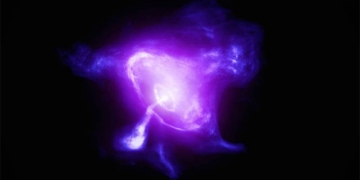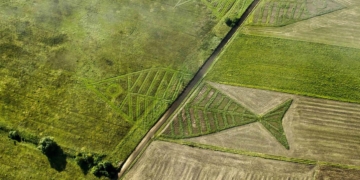Two leading American technology companies are collaborating to develop a lunar terrain vehicle capable of transporting astronauts for future moon exploration.
In an announcement on May 26, Lockheed Martin and General Motors revealed that their Lunar Terrain Vehicle (LTV) will be fully electric and partially autonomous. The first version will be able to carry two astronauts.
Simulation of an electric vehicle transporting NASA astronauts exploring the moon. (Video: Lockheed Martin/General Motors).
The two companies have been working together on this project for a year, hoping it will be utilized in NASA’s Artemis program – the mission to return humans to the moon by 2024. The new LTV is still in the initial design phase, so many details and specifications have yet to be finalized.
“Our lunar terrain vehicle concept will greatly expand the exploration range for astronauts as they conduct scientific missions on the moon,” emphasized Lockheed Martin Executive Vice President Rick Ambrose. This will contribute to realizing the goal of establishing a sustainable human presence on and around the moon by the end of the decade.
NASA has not yet signed a contract with Lockheed and GM to manufacture the LTV, but last year, the agency requested American technology companies to propose ideas on how to develop a vehicle capable of transporting people to support exploration of the moon’s south pole, where NASA aims to establish a research station.

The first version can carry two astronauts.
Over the years, Lockheed has built several spacecraft for NASA, including the Orion crew module, a crucial part of the Artemis infrastructure. Meanwhile, GM helped develop the Lunar Roving Vehicle (LRV) – the vehicle used by NASA astronauts during the Apollo 15, 16, and 17 missions.
In addition to American companies, NASA is also collaborating with the Japan Aerospace Exploration Agency (JAXA), with support from Toyota, to develop a larger exploration vehicle with a pressurized cabin, allowing astronauts to operate longer while exploring the moon’s southern landscape.




















































